Applications for Deep Dream
For this week, we were allowed to either develop a project using the ML5.js CVAE library or generate visuals using deep dream. After reading some articles, I learned that the person who developed deep dream did so by accident. I found it interesting that art could be generated by scientific research by simply tweaking a couple lines of code. These images represent artificial intelligence research in an artistic way. I really enjoyed the psychedelic images shown in class, so I tried to create some visuals using pre-trained models and services.
I found a website named deepdreamgenerator.com that allowed me to take a style and apply it to an image.
Style + Image:
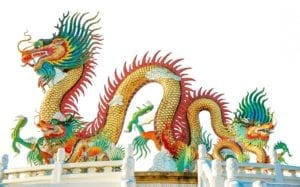 +
+ 
Result:
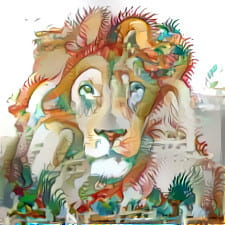
Another cool website was http://deepdream.psychic-vr-lab.com/deepdream which creates trippy images that are similar to taking psychic drugs.
Input Image of a city wall in Xi An:
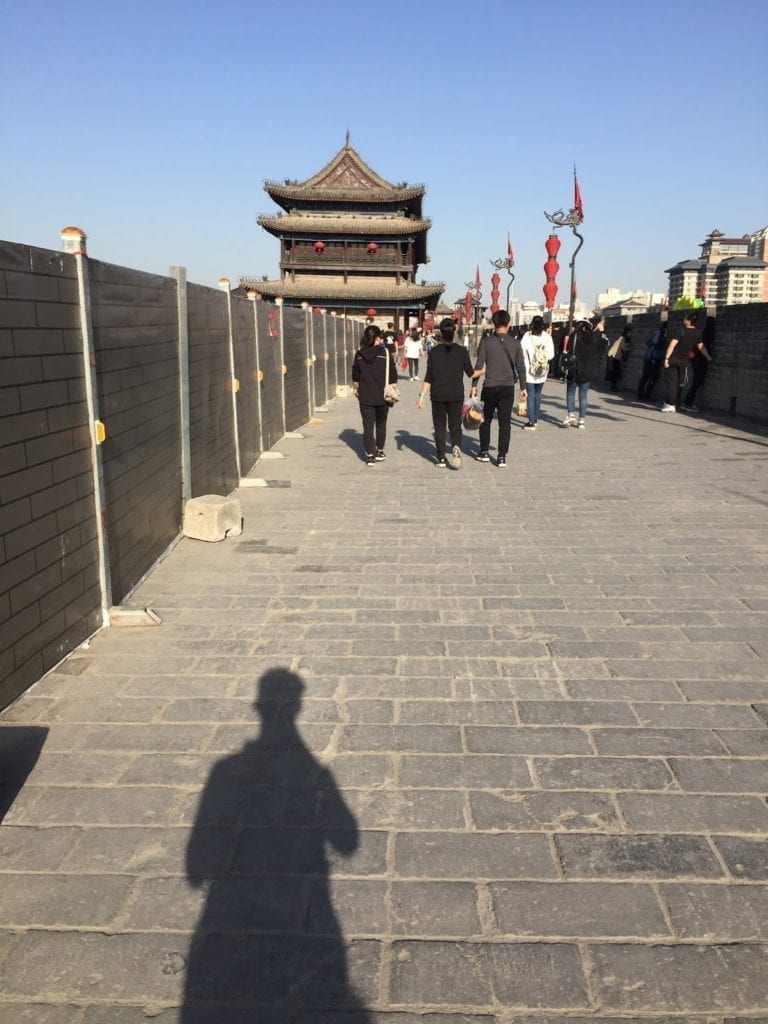
Output Image:
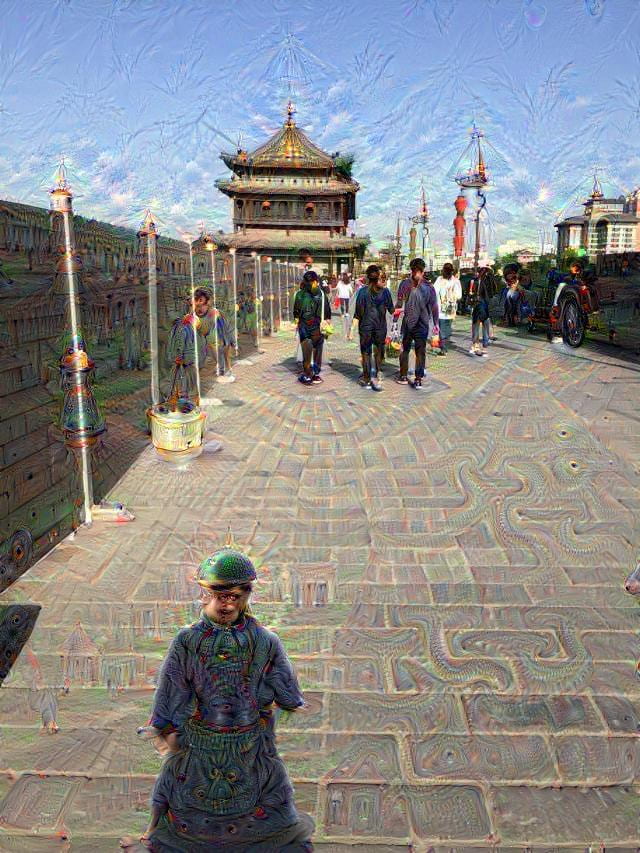
Photo I took from the Bund:
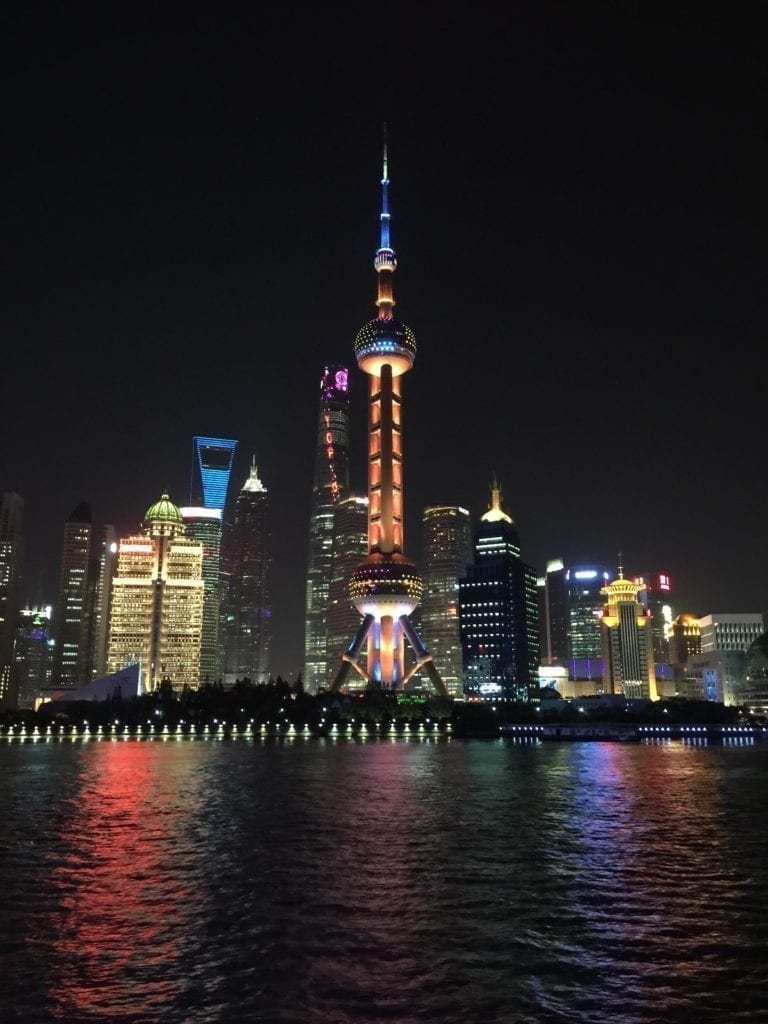
After playing around with different variables to optimize the quality using deep_dream.py, I created this image with the following parameters:
step = 0.03 # Gradient ascent step size
num_octave = 3 # Number of scales at which to run gradient ascent
octave_scale = 1.4 # Size ratio between scales
iterations = 20 # Number of ascent steps per scale
max_loss = 5.
Deep Dream Result:
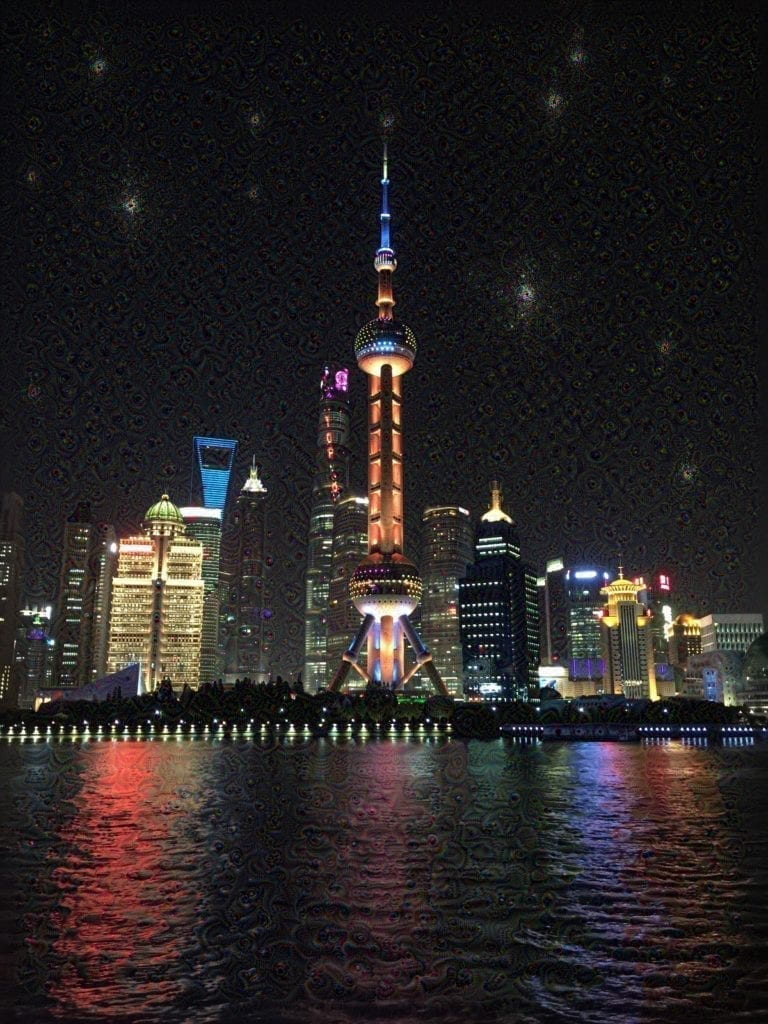
Deep Dream art has died off in popularity but the concept is still very cool and these generated images show how artificial intelligence and art are actually very similar. Many of these types of programs are variations of Google’s deep dream and all produce similar results. I wonder if style transfer could be combined with deep dreaming to make a more interesting version of both models. I hope to understand deepdream more and use it for my projects in the future.